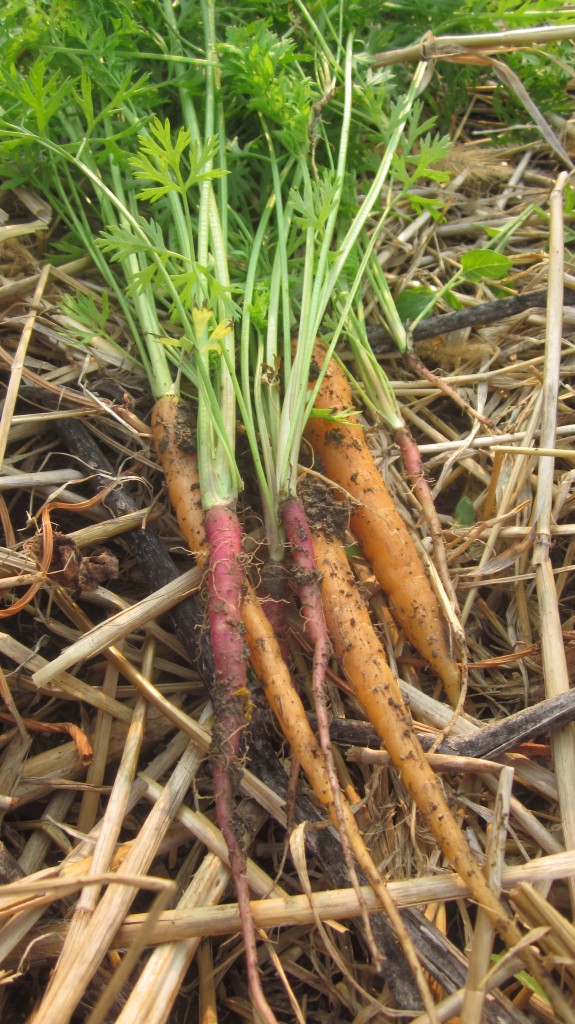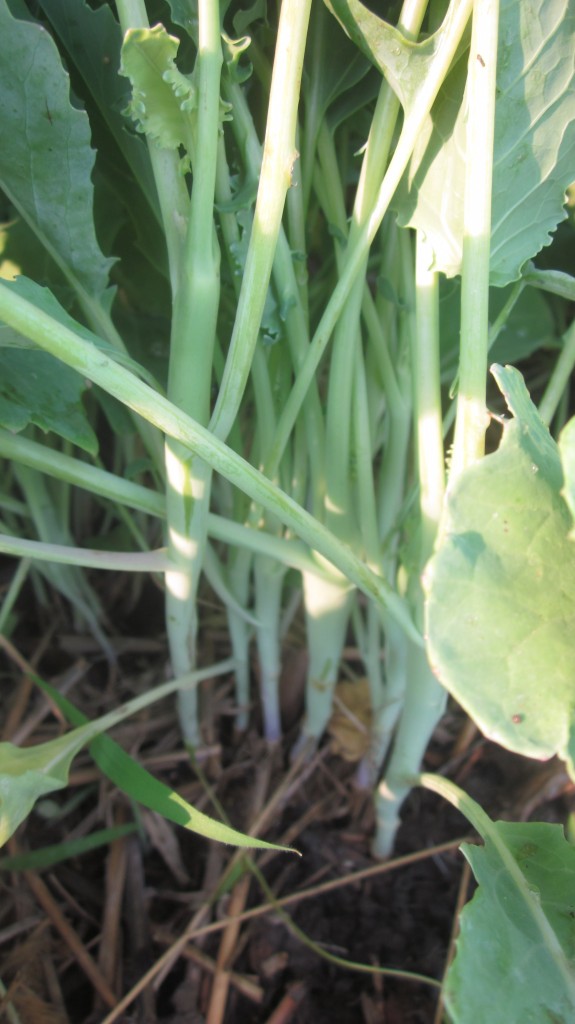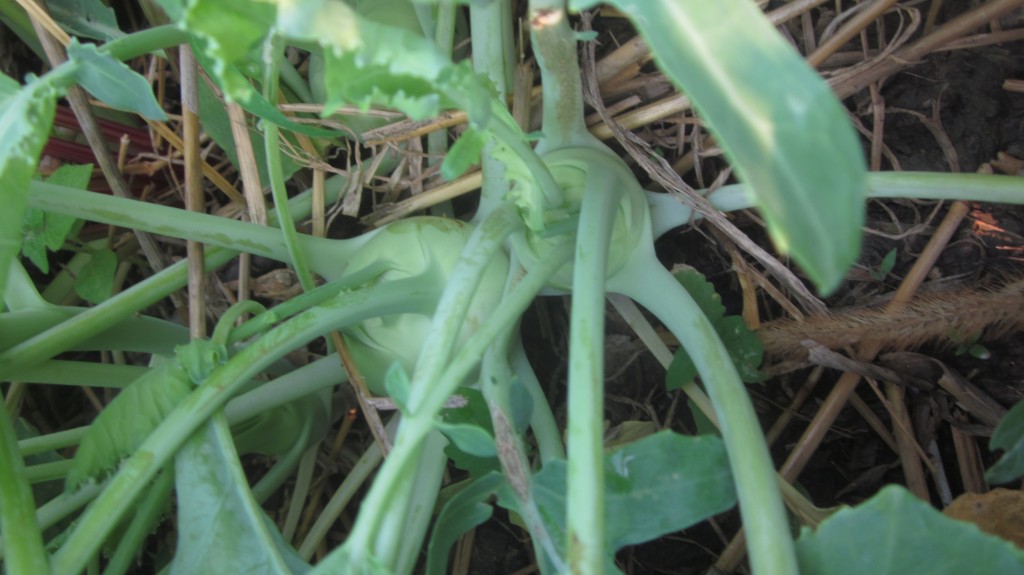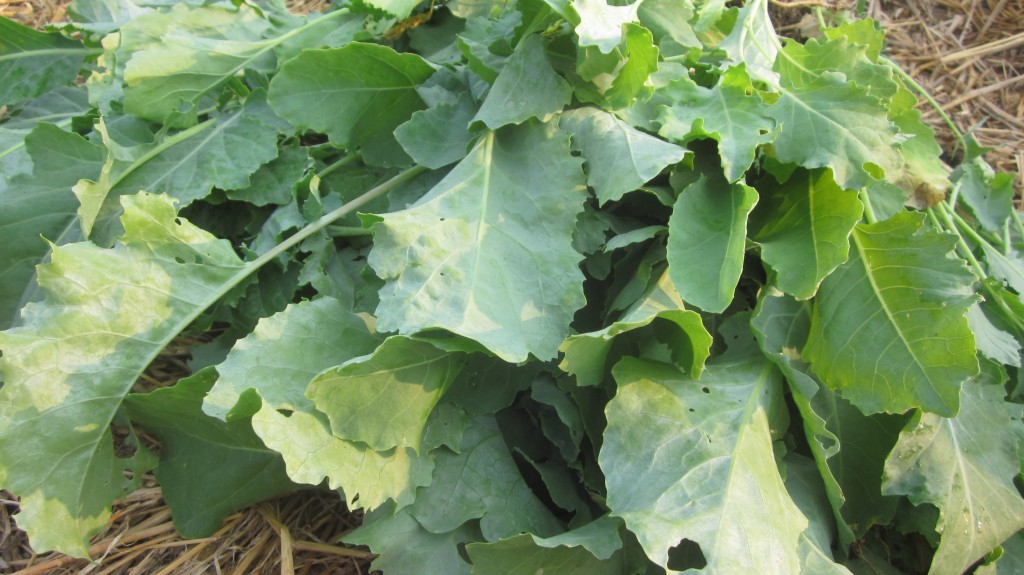For plants that have been direct seeded into your garden, you may find that once the seedlings have begun to appear, you’ll need to thin them. This is especially true for root crops, as well as crops that have delicate root systems.
This part of the garden chores should be done as soon as the plants are large enough to pull out of the garden, and before they begin to show the effects of crowding in the garden.
When you’re deciding which plants to thin, you need to keep in mind not only keeping the most healthy plants, but also maintaining proper spacing. Failure to properly thin your garden will usually result in an inferior crop, or one that doesn’t produce to its potential.
Some gardeners are reluctant to thin their plants, and often put it off until it’s too late. Thinnings of carrots, onions and other similar vegetables are often delayed, as the gardener hopes to use the thinnings, as opposed to simply tossing them on the compost heap. Unfortunately this is usually a bad idea. Overcrowded plants take longer to reach maturity, and as they get bigger, the removal of one plant is more likely to seriously disturb its neighbors.
A better solution is to thin in two stages. In the first, or preliminary, thinning, thin as early as possible, but leave the plants about twice as thick as you ultimately want them to grow. In second stage thinning, you can then pull out about every other plant as soon as they reach edible size.
This style of thinning is particularly suited to carrots, beets, lettuce and onions. Parsnips, salsify and other root crops should be thinned once, and to their full distance.
If you are afraid to pull plants to thin the crop, try using kitchen scissors or garden shears. Snip the tops of the plants to be sacrificed. The soil around the plants you want to keep will remain undisturbed, but by removing the leaf structure, you stop the growth of the unwanted plants.
While Johnny Cartwright enjoys numerous outdoor sports and recreation activities, he’s always involved in new things. His latest website reviews products like Avanti wine coolers [http://www.winecoolerrefrigeratorHQ.com/avantiwinecoolers.html] and informs visitors about other available wine cooler refrigerators [http://www.winecoolerrefrigeratorHQ.com] and wine accessories.
Article Source: http://EzineArticles.com/?expert=Johnny_Cartwright







We have never thinned… maybe that is why some things don’t do well. We do try to space as we plant tho.
Debbie, Try it–at least on the root crops and you’ll be amazed at how much bigger your carrots, your beets, etc. are!
You are such a good gardener. Shhh, don’t tell anyone but I have not planted one single thing this year. I hate to say the Texas summers has taken the gardener out of me. I must enjoy the joys of gardening through your eyes.
Shawn,
Aww, I know what you mean. Last summer was a brutal one here in Nebraska, with record heat and no rain for months. Is that what a Texas summer is like? I don’t think I’d garden much, either. I think I’d be happy with a couple of houseplants, honestly, or some herbs in pots!
I am terrible with plants of any sort. With regards to our garden, I till it and my husband plants, etc. Once there is something to pick, I do that. I do nothing between tilling and picking because…I kill plants. But I love what you have shared and will tell my husband about it!
Yes, share it with your hubby–you’ll be surprised at the results if you take just a little time to thin!
Nothing great ever comes about without a little bit of extra work.
Now, you will enjoy your great harvest later on!
I have been wanting to get more into growing my own vegetables…these tips on thinning are great. Thanks for sharing!
I know in my head tis better to thin but my heart doth protest too much. Seeing tender green shoots that bring the sense of the miraculous to my eyes, makes thinning more difficult. It seems such a shame to waste the struggle and effort that was made to break forth only to be plucked indiscriminately. On the other hand, thinning helps remind me of how God must feel when He prunes us for our own growth. Wow, Amy, thanks for getting me to think about God in something so “mundane.”
Very nice article. Because of our pending move, I did all container gardening this year, which makes the thinning process very simple but it will be planting time in Mexico in Oct. So the fun still waits for me. When everyone in the states is hip deep in snow, I will be in the garden pulling weeds and thinning crops.
Maybe you can answer a question for me. As you know I planted a square foot garden this year. I am having problems with my bell peppers and other hot peppers. The Bell peppers are producing but dropping young peppers. The hot peppers have not grown one inch since I planted them at lease 4-6 weeks ago. I feel like I am missing a nutrient in the soil. Do you have a suggestion>
I need to actually plant a vege garden to be able to thin it. One of these days…
I try to space carefully but it isn’t always possible. I think failure to thin is a especially a problem for beginners – sounds like plant murder but it’s actually just the opposite. (especially if you want until you can make some use of the edible thinning.)
I love the fact that I learn something new everyday here. The pictures of your kohlrabi look excellent. Great advice!
Thanks Anita-Clare!
I know I should thin, and do a little, but I always hated to do it. I thought I was killing good veggies! However, now that I have chickens to throw them too, I don’t have that problem anymore ; ))
Shirley,
I feel the same way. Nothing goes to waste out here, since we got our chickens! Weeds? Thinned veg? seedlings that didn’t sell at market? Thrown to the chickens with no guilt! 😉
I used to hate thinning veggies because I thought I was throwing away good stuff, but now that I have chickens to give those treats to, I love it!!
I am so glad you posted this! I was at the farmer’s market yesterday and one of the tables was selling kohlrabi, I did not buy any because I was not sure what you did with it. How do you cook kohlrabi and what does it taste like? I really wish I would have bought some now.
April,
Honestly, the only way I ever eat kohlrabi is just to peel it, and then slice it and salt it and eat it raw. I refrigerate it first. It is delicious this way! Although I have seen some recipes that look very good, using kohlrabi in salads and such. You can cook it, too, but I’ve always just liked it raw. It’s very crunchy and juicy and should be in your market for weeks.